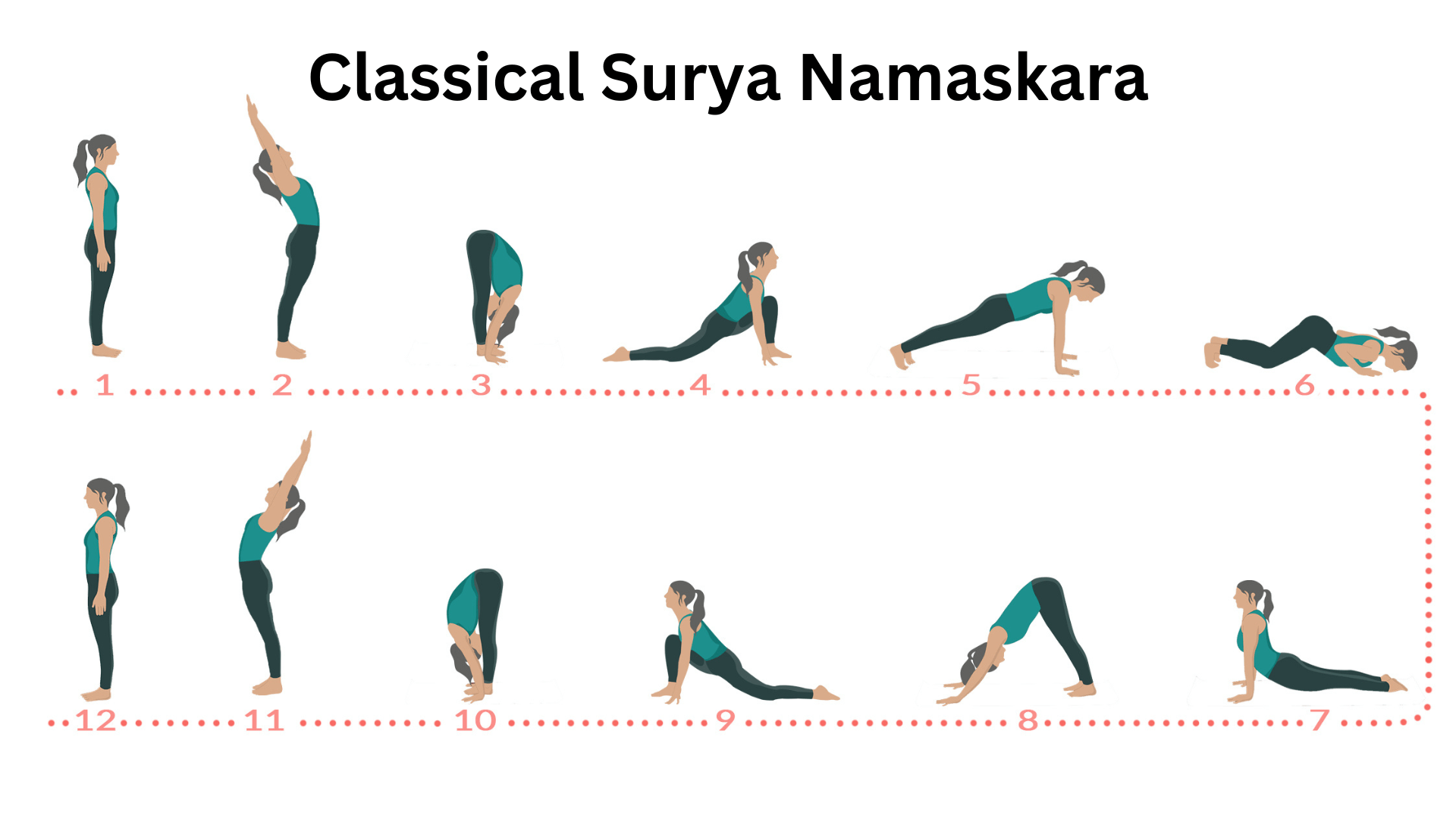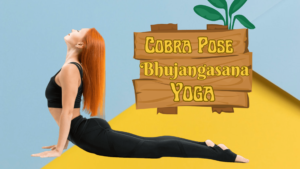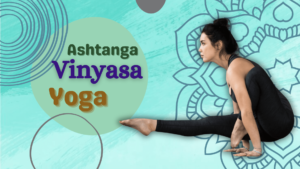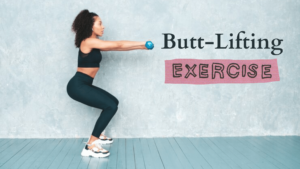Learn the stimulating rhythm of Classical Surya Namaskara, a graceful sequence that honors the sun. Follow our step-by-step guide to effortlessly flow through these yoga poses, from the grounding Prayer Pose to the empowering Raised Arms Pose.
Welcome the careful association of breath and development as you venture through each stance, cultivating an amicable harmony between body and soul. Open the groundbreaking capability of this old practice and welcome every day with a sun greeting that supports your prosperity.
Certainly! Here’s a simplified step-by-step guide for the Classical Surya Namaskara, also known as Sun Salutation, in English:
Step 1: Prayer Pose (Pranamasana)
- Stand at the edge of your mat with your feet together and hands in a prayer position at your chest.
- Take a few deep breaths to center yourself.
Step 2: Raised Arms Pose (Hasta Uttanasana)
- Inhale and lift your arms overhead, keeping them shoulder-width apart.
- Arch your back slightly, extending your spine.
Step 3: Hand to Foot Pose (Padahastasana)
- Exhale and bend forward from the waist.
- Keep your spine straight and bring your hands down to the floor on either side of your feet.
Step 4: Equestrian Pose (Ashwa Sanchalanasana)
- Inhale and step your right leg back, lowering the knee to the floor.
- Arch your back, look up, and bring your left knee towards your chest.
Step 5: Mountain Pose (Parvatasana)
- Exhale and lift your hips, straightening both legs.
- Keep your palms on the floor, head between your arms, forming an inverted V.
Step 6: Salute with Eight Parts (Ashtanga Namaskara)
- Slowly lower your knees, chest, and chin to the floor, with your hips slightly lifted.
- Your hands, chest, chin, knees, and toes should touch the ground, forming eight parts in salutation.
Step 7: Cobra Pose (Bhujangasana)
- Inhale, slide forward, and lift your chest, keeping your palms on the floor.
- Elbows slightly bent, shoulders away from your ears.
Step 8: Mountain Pose – Reverse (Parvatasana)
- Exhale, lift your hips and return to the inverted V position.
Step 9: Equestrian Pose – Repeat for the other leg (Ashwa Sanchalanasana)
- Inhale and bring your left foot forward between your hands, lowering the right knee to the floor.
- Arch your back, look up, and bring your right knee towards your chest.
Step 10: Hand to Foot Pose (Padahastasana)
- Exhale and bring your right foot forward to meet the left.
- Keep your palms on the floor, straightening your legs.
Step 11: Raised Arms Pose (Hasta Uttanasana)
- Inhale, lift your arms overhead and arch your back.
Step 12: Prayer Pose (Pranamasana)
- Exhale and come back to the prayer position.
Repeat these steps, alternating the leg that goes back first, for a complete round of Classical Surya Namaskara. Practice with awareness and synchronize your breath with each movement for a more mindful experience. If you have any health concerns or injuries, it’s advisable to consult with a yoga instructor or healthcare professional before starting a new exercise routine.
Read More:
How to Do Cobra Pose Bhujangasana in Yoga
Mastering the Plank Like a Pro at Home
FAQs:
Q1: What is Classical Surya Namaskara?
A1: Classical Surya Namaskara is a yoga sequence that honors the sun, comprising 12 poses designed to invigorate the body and mind.
Q2: How do I perform the Prayer Pose in Surya Namaskara?
A2: To do the Prayer Pose (Pranamasana), stand at the mat’s edge, feet together, hands in prayer at your chest, and take a few deep breaths.
Q3: What is the purpose of the Equestrian Pose in Surya Namaskara?
A3: The Equestrian Pose (Ashwa Sanchalanasana) involves stepping one leg back, lowering the knee, and arching the back, promoting flexibility and strength.
Q4: Can beginners practice Classical Surya Namaskara?
A4: Yes, beginners can practice. Start with 5 rounds, focusing on breath and gentle movements. Consult a professional if you have health concerns.
Q5: Is it necessary to synchronize breath with movement in Surya Namaskara?
A5: Yes, syncing breath with each movement is crucial in Surya Namaskara, promoting a mindful and balanced practice for body and soul.




